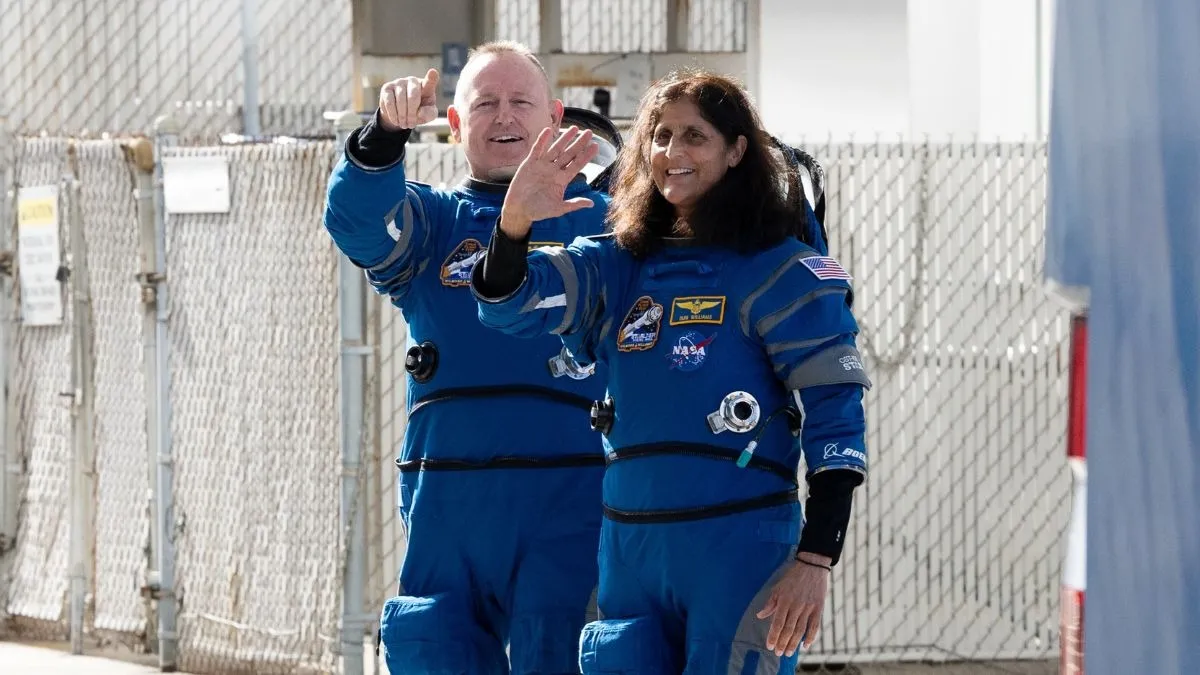
NASA astronauts Butch Wilmore and Suni Williams have returned to Earth after an extended nine-month mission aboard the International Space Station (ISS), overcoming technical challenges and delays.
Extended Mission: From Weeks to Months
NASA astronauts Butch Wilmore and Suni Williams have safely returned to Earth after an unexpected nine-month tenure aboard the International Space Station (ISS). Initially slated for a brief mission, their stay was prolonged due to technical issues with their return vehicle.
Technical Setbacks: The Boeing Starliner Challenge
Wilmore and Williams launched to the ISS in June 2024 aboard Boeing's Starliner capsule, marking its inaugural crewed mission. The plan was for a short-duration stay; however, propulsion system anomalies in the Starliner necessitated its uncrewed return to Earth for detailed assessments. This unforeseen complication extended the astronauts' mission significantly.
Adaptation and Resilience on the ISS
Throughout their extended mission, Wilmore and Williams continued to contribute to various scientific experiments and maintenance tasks aboard the ISS. Their prolonged stay tested the limits of human endurance in microgravity, providing valuable data on the effects of extended space habitation. Both astronauts adapted to the challenges, maintaining physical and mental health despite the unexpected duration.
Return Strategy: Collaboration with SpaceX
Given the Starliner's unavailability, NASA coordinated with SpaceX to facilitate the astronauts' return. Wilmore and Williams, along with fellow astronaut Nick Hague and Russian cosmonaut Aleksandr Gorbunov, boarded SpaceX's Crew Dragon capsule "Freedom" for their journey back to Earth. The spacecraft undocked from the ISS at 1:05 a.m. EDT on March 18, 2025, with a planned splashdown off the coast of Florida later that day.
Impact on Future Missions
This mission underscores the inherent unpredictability of space travel and the necessity for flexibility in mission planning. The experiences of Wilmore and Williams will inform future protocols, especially concerning contingency planning and the psychological aspects of extended missions. Their resilience highlights the importance of astronaut preparedness for unforeseen challenges.
Public and Political Attention
The extended mission attracted significant public interest and political discourse. Concerns were raised about the astronauts' well-being, leading to discussions at various governmental levels. The situation emphasized the critical need for robust support systems for astronauts and the importance of timely decision-making in addressing in-flight anomalies.
Conclusion: A Testament to Human Endurance
The safe return of astronauts Wilmore and Williams after an extended stay aboard the ISS stands as a testament to human resilience and the collaborative spirit of space exploration. Their mission contributes valuable insights into the challenges of prolonged space travel, informing future endeavors as humanity continues to explore beyond our planet.